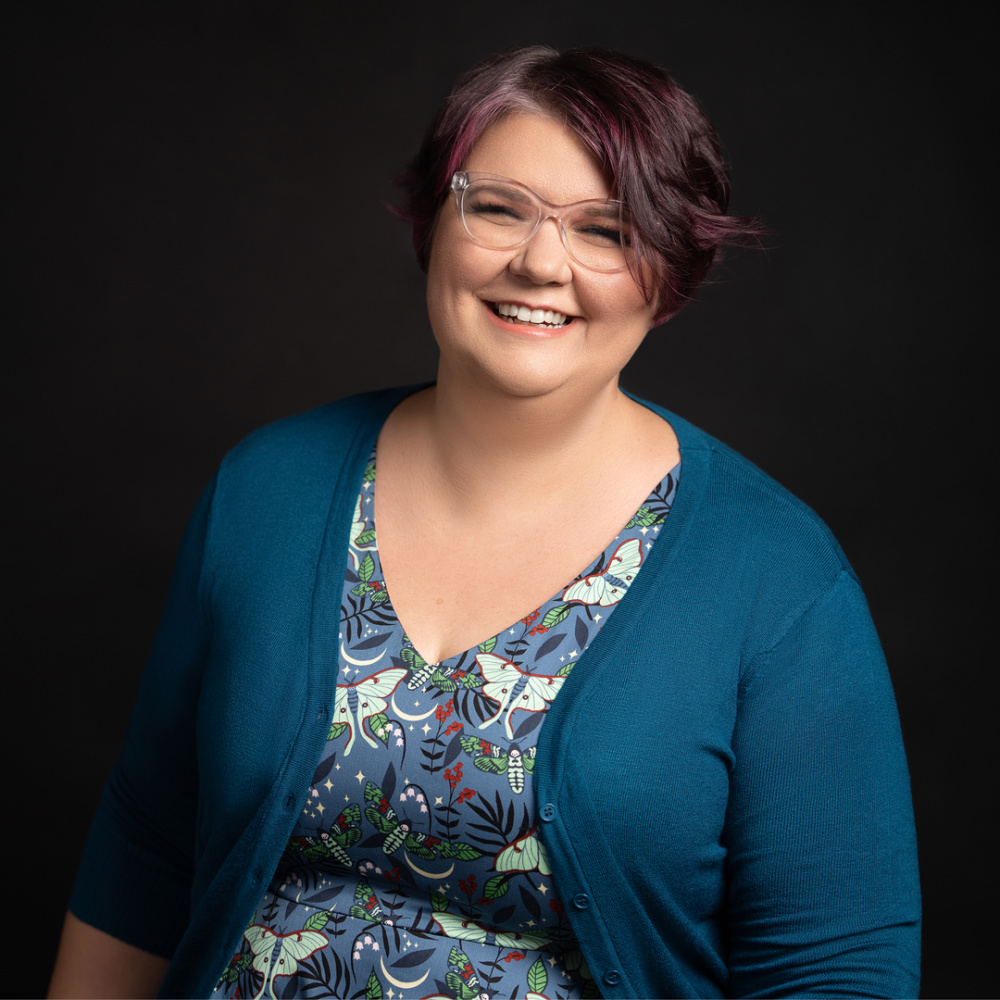Join me as grief therapist and podcaster Bryna Talamantez and I discuss the artwork There’s a Thread You Follow by Linda McCabe.
To view the artwork we discuss, but not while you are driving, click here.
This episode was published before we moved the full show notes over to artandself.com.For a full transcript and other links we discuss on the show, please visit the full show notes at this link.








